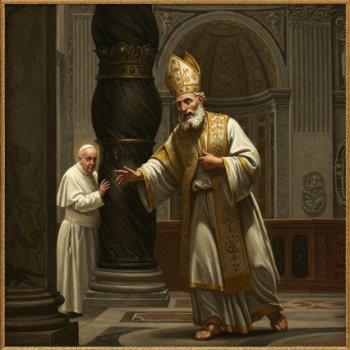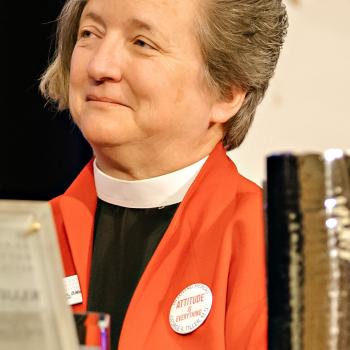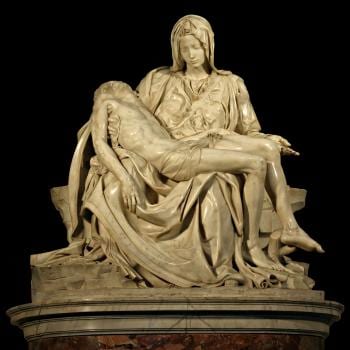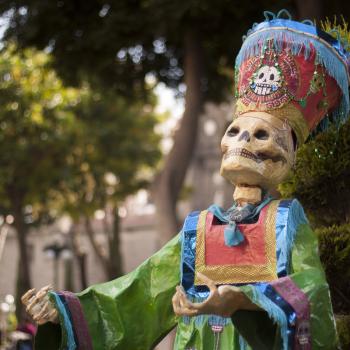Those looking for a miracle will claim that the remains of Bl. John XXII were ‘remarkably preserved’ when the coffin was opened, and after forty years Padre Pio’s body was also very well preserved despite the coffin being in damp ground and full of water. Skeptics point out that John XXIII’s body was inside three coffins, and had been treated with a low level preservation technique to enable the body to lie in state at his death. They also point out that Padre Pio’s face and head were not in very good condition. If he was going to be incorruptible, why wasn’t he perfectly preserved?
The whole question of incorruptiblility is fascinating. I have written on it twice: once for Fortean Times magazine. You can find the link here, and once for Catholic Answers magazine. The definitive work is the classic The Incorruptibles by Joan Caroll Cruz.
There are a couple of observations I’d like to make on the matter. First of all, incorruptiblity of saints’ bodies is a known and recorded phenomenon. In fact, amongst paranormal phenomenon, it is one of the most well documented and objectively studied. It is true that a good number of the ‘incorruptibles’ can be shown to be the result of natural mummification or embalming. However, the most remarkable cases have no natural explanation. The modern examples of the Maronite monk, St Charbel Mahklouf, and St Bernadette are the most striking.
This miracle does happen. However, it is also true (as with all miracles) that there is an element of unpredictability and (according to human reasoning) illogicality to it. So Charbel Mahklouf is incorrupt for many years and his relics exude healing oil, then after thirty or forty years he decays anyway. Or, why is St Bernadette incorrupt, but St Therese of Lisieux is not?
The Catholic Church takes a guarded and sensible view on all supernatural phenomena–from incorruptible saints to images of Mother Teresa in bagels to charismatic ‘healings’ and claims that pentecostal preachers raise people from the dead. The Catholic view never denies that miracles can happen. On the other hand, Catholics are right to be suitably skeptical–looking for natural explanations first.
We apply this common sense mix of skepticism and belief in the face of all miraculous phenomenon. When we are confronted with an allegedly incorruptible body of a saint we say, “Interesting. Could be, but I doubt it. Let’s look a bit closer.” Likewise, when a Pentecostal preacher says, “We’ve been to Africa and we’ve cured people of AIDS, raised the dead, made the lame walk and the blind to see” we say, “Could be, but I doubt it. Let’s look a bit closer.” If there’s a natural explanation we accept that first. If there is an inexplicable phenomenon we say, “That’s inexplicable.” Did God do it? Maybe, but there also be some other psychic, spiritual or psychological explanation. However, if definite fruits of sanctity, repentance and genuine conversion of Christ are evident we thank God for that, and give God the glory.
Finally, what are we to make of the fact that Padre Pio’s relics have been embalmed, a wax mask put over his face and the relics put on display for the veneration of the faithful? Well, let’s cut through a few of the false ideas being suggested: this has not been done as some sort of Catholic fraud. Nobody is saying Padre Pio is an incorruptible. The veneration of relics goes back to the most ancient era of the church.
This is something Catholics do and always have done. Those in charge are simply making Padre Pio’s relics as presentable as possible for the veneration of the faithful. Sometimes they do this by putting the relics in a reliquary–a carving that looks like the saint. Sometimes they put the relics in an ornate reliquary or urn. Sometimes they display the skeleton all dressed up. Sometimes they put the mummified remains in clothing and put it on display. In this case, they’ve chosen to present his relics as a mix between a mummified corpse and a figure from a wax museum.
Atheists, Protestants and liberal Catholics may turn up their nose in distaste. They may sneer at Catholic superstition and dismiss our ‘crude, peasant spirituality’. They may make lofty theological arguments if they wish. They may mock and laugh, but they are like the boor who goes to the opera and makes fun of the fat lady singing.
If you listen carefully you will hear the squelching sound of pearls being trampled into the mud.
















